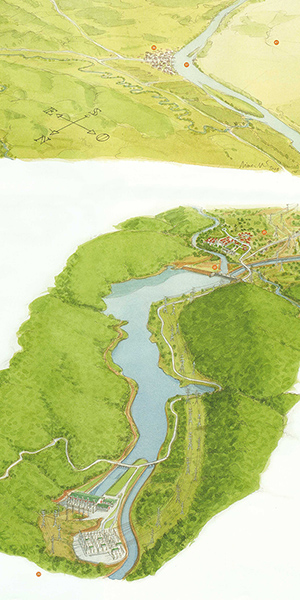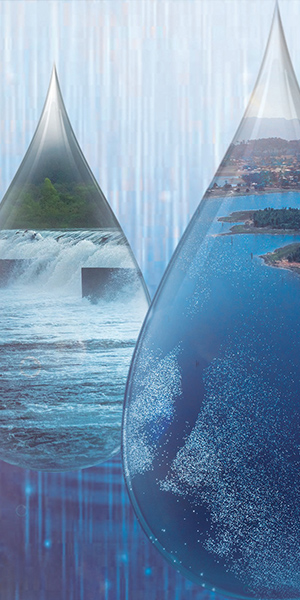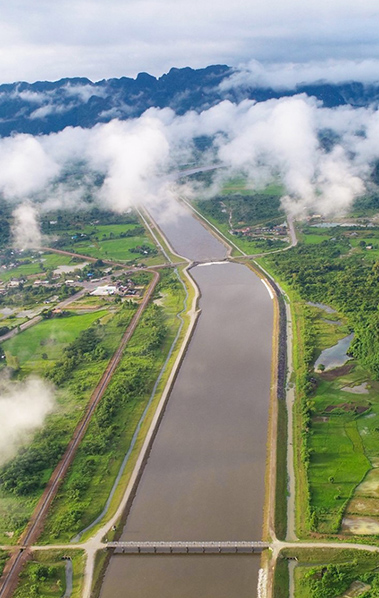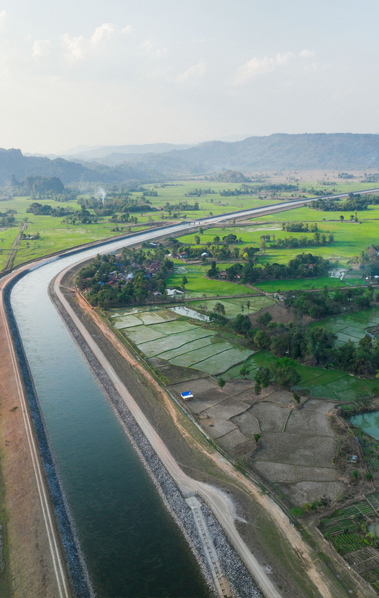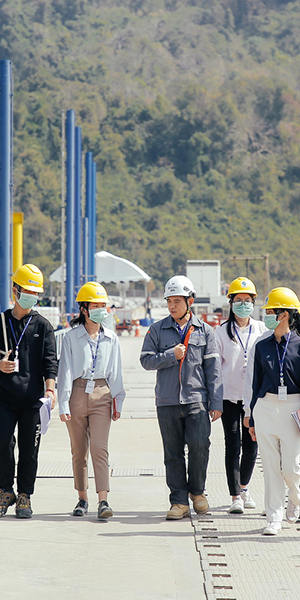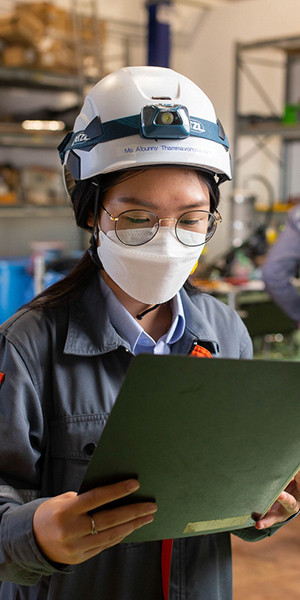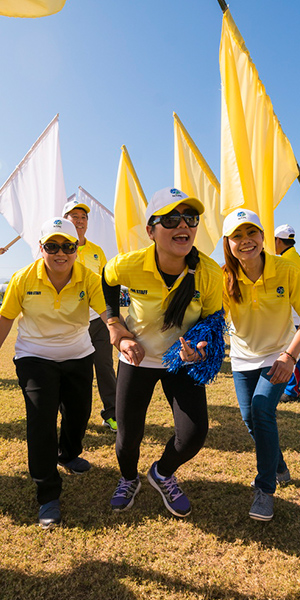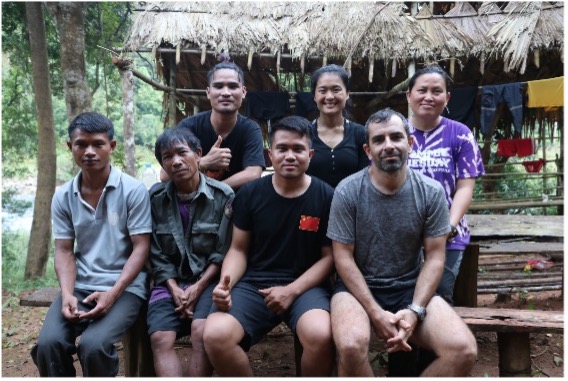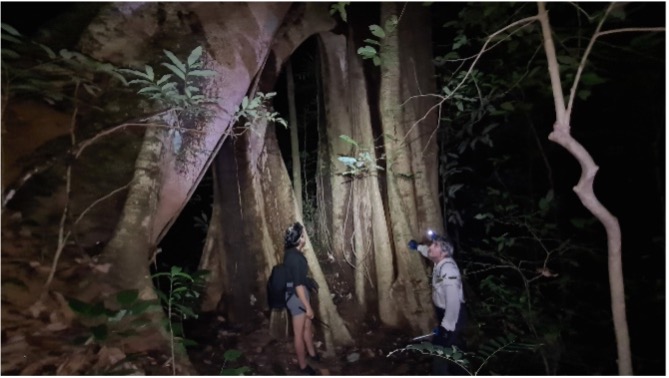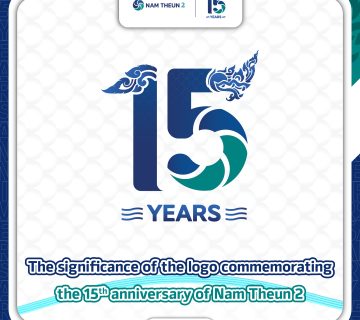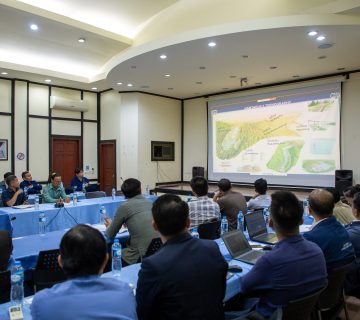Collect and photograph as many amphibians and reptiles as possible: that was the goal of the research team composed of Mrs Somphouthone Phimmachak, herpetologist at the National University of Laos and herpetologist and reptiles expert Mr. Nathanaël Maury, in a field-mission conducted in the end of August by the French Institut de Recherche pour le Development (IRD) with the support of Nakai-Nam Theun National Park rangers.
At night, the team went collecting as many specimens as possible, and photographed them during the day. Together, they documented 23 species, among which 3 have never been identified in this area.
In the video, Mr. Nathanael Maury explains how they chose the adequate location for their mission and presenting the different techniques he and his assistant use to handle snakes, lizards and frogs, while they are being photographed.
Taking pictures, yes, but why? The shooting technique used during this mission requires at least 30 pictures of each animal taken from all angles. It renders in high definition the complexity of the animal’s morphology and skin. Those detailed pictures were merged back at the office and were used to formally identify the animals.
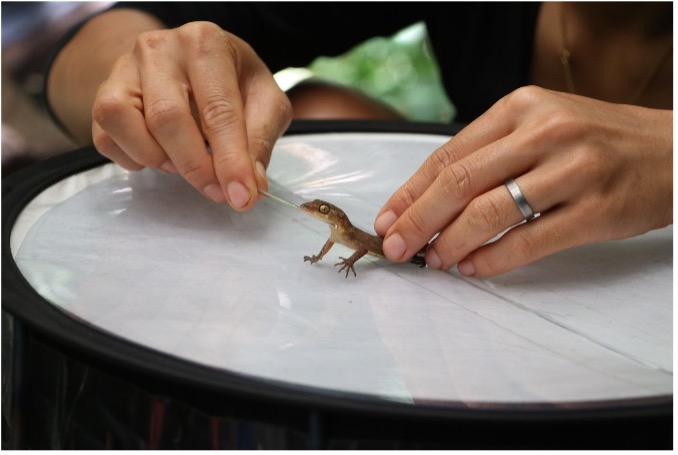
Why specifically amphibians and reptiles, and not birds or spiders? Amphibians (frogs, toads, salamanders) and reptiles are “indicator species”: their presence or absence reflects the health of an eco-system.
In Laos, studying amphibians and snakes is also a public health topic: frogs, for instance, can be eaten for their meat. Since they host various parasites, their consumption can transmit infections to humans (“spill-over infections”). Collecting data on those specific species can give public health actors important information in the long-term.
Next step? The publication of these results is an important step to make the data accessible for other conservation actors in the world and promote Lao biodiversity. Costa Rica, for example, is known world-wide to have an incredible biodiversity and astonishing National Parks: but did you know that Lao biodiversity is much richer than in Costa Rica? If you want to make Laos as famous as Costa Rica, share this article/video on your social media!
* No voucher specimen were collected and taken out of the National Park during this mission. All specimens photographed were released after the photoshoot.
Right: The research team collecting species during night time © Nathanaël Maury
Left: The research team together with the staff from Nakai-Nam Theun National Park and villagers living in the area © Eric Deharo.
